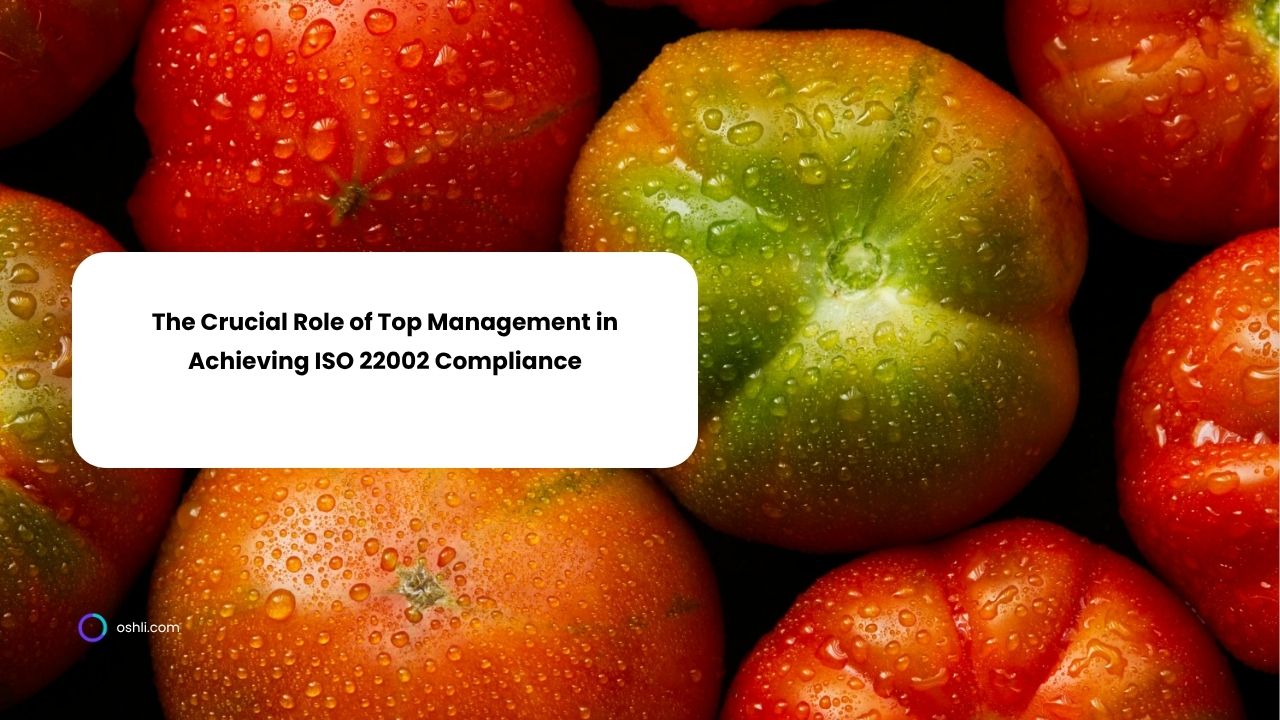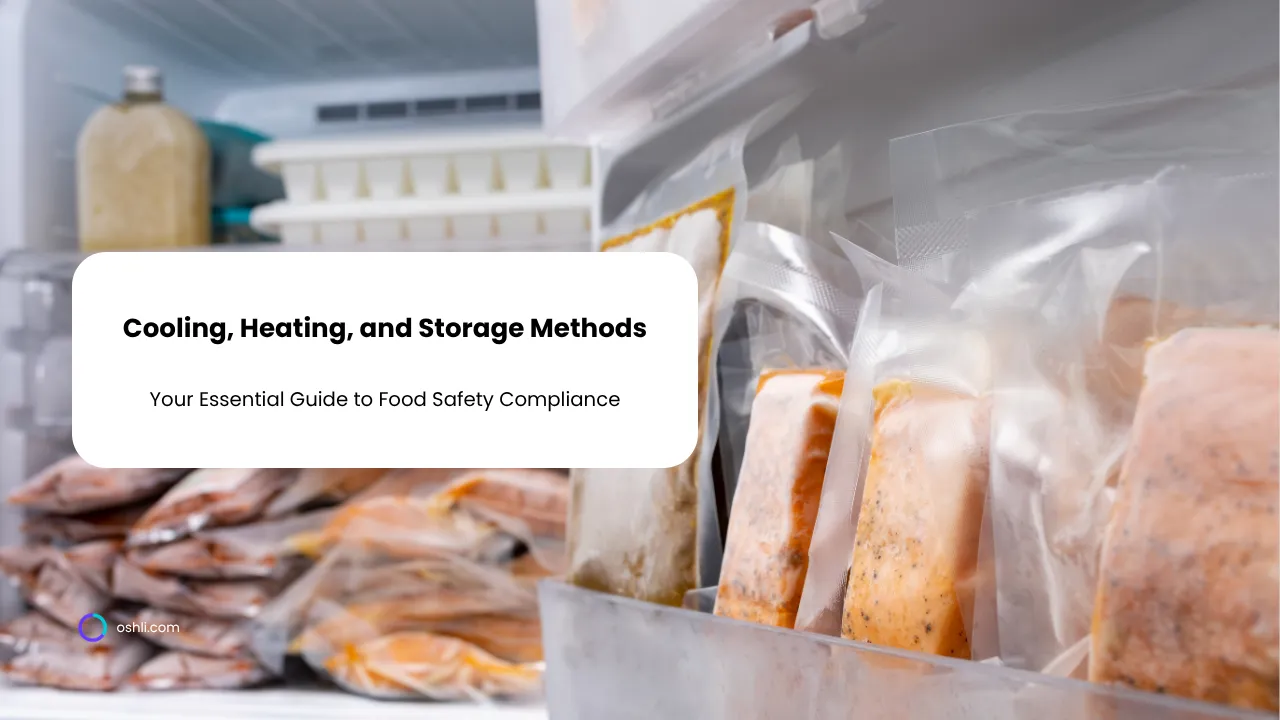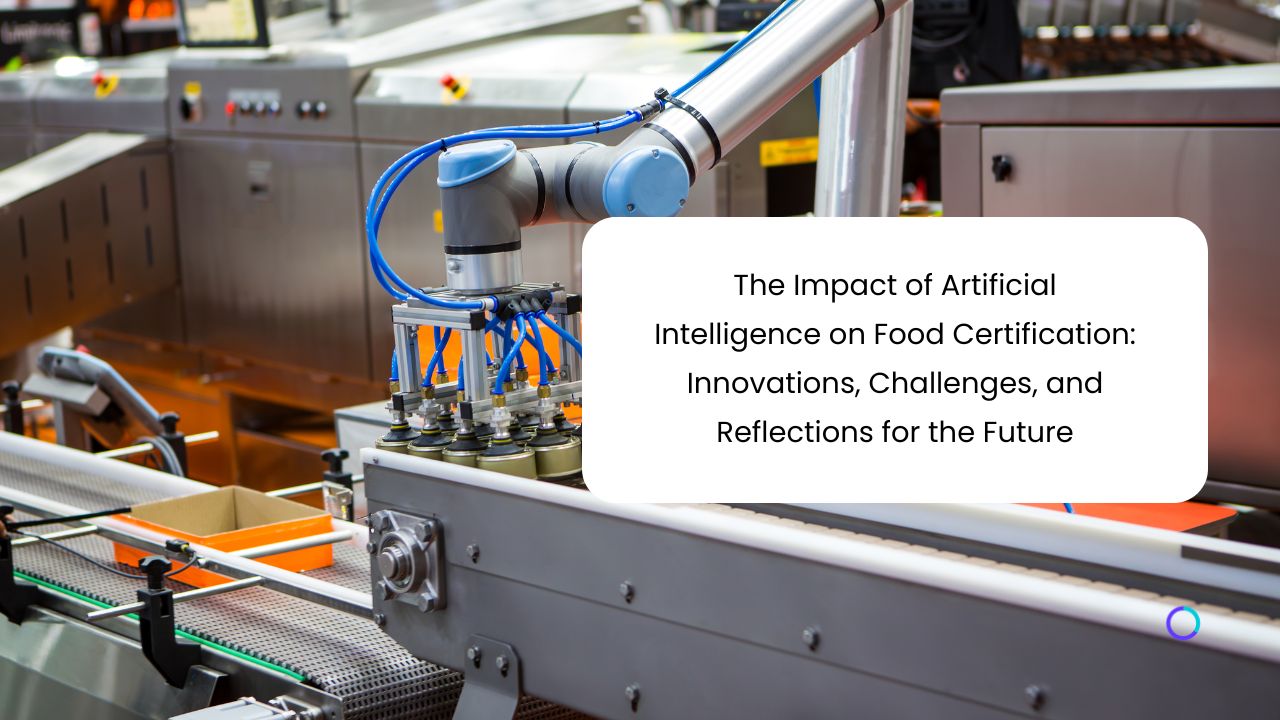
In the realm of food safety, ISO 22002 compliance stands as a cornerstone for organizations committed to prerequisite programs (PRPs) that safeguard every stage of the food chain. But who steers this vital ship? Top management plays an indispensable role, blending strategic vision with hands-on leadership to foster a culture of excellence. Let's delve into this dynamic responsibility, highlighting key aspects that ensure seamless ISO 22002 implementation.
First and foremost, top management must demonstrate unwavering leadership and commitment. This isn't just a checkbox on a compliance form—it's the heartbeat of the food safety management system (FSMS). By actively endorsing the ISO 22002 framework, leaders signal that food safety prerequisites are non-negotiable priorities. This top-down buy-in inspires teams, aligning daily operations with global standards for hazard control and risk mitigation. Imagine a workplace where every employee knows that safety isn't optional; that's the ripple effect of genuine management dedication.
A pivotal element is establishing a clear food safety policy. Top executives craft and communicate this policy, ensuring it integrates seamlessly with organizational objectives. Under ISO 22002, this means outlining commitments to PRPs like sanitation protocols, pest control, and facility maintenance. The policy should be accessible, reviewed regularly, and woven into training programs, empowering staff to uphold standards proactively.
Resource allocation follows suit. Compliance demands investment—in technology, personnel training, and infrastructure upgrades. Top management assesses needs, budgeting for tools that monitor environmental conditions or automate hygiene checks. Without adequate resources, even the best-intentioned PRP falls short. Leaders who prioritize these allocations not only meet ISO 22002 requirements but also enhance operational efficiency, reducing risks like contamination.
Organizational roles and responsibilities form another cornerstone. Top management defines clear accountabilities, ensuring cross-functional teams collaborate on PRP execution. This includes appointing food safety officers and integrating PRP oversight into performance metrics. Regular communication channels—town halls, updates, and feedback loops—keep everyone informed and engaged, turning compliance into a shared journey.
Management review is where strategy meets reality. Periodically, leaders evaluate the FSMS's effectiveness, scrutinizing PRP performance against ISO 22002 clauses. This involves analyzing audit results, incident reports, and improvement opportunities. By acting on insights, top management drives continuous enhancement, adapting to emerging threats like supply chain disruptions.
Finally, top management champions a culture of continual improvement. Celebrating milestones, recognizing contributions, and fostering innovation in food safety practices build morale and sustainability. In essence, their role transcends oversight; it's about nurturing an environment where ISO 22002 compliance thrives, protecting consumers and bolstering trust.
Embracing these responsibilities, top management transforms ISO 22002 from a standard into a strategic advantage. With their guidance, organizations navigate the complexities of food safety prerequisites, achieving not just compliance, but excellence. Ready to elevate your FSMS? Start with leadership that leads by example.
Join our newsletter!
Enter your email to receive our latest news.
Don't worry, we don't spam
Related Articles

Guide to Developing a Professional Checklist for ISO 45001 Diagnostic Audits
The ISO 45001 standard establishes a framework for Occupational Health and Safety Management Systems (OHSMS), aiming to enhance employee safety, reduce workplace risks, and create safer working conditions. A diagnostic audit aligned with ISO 45001 is a proactive approach that allows organizations to assess current compliance, identify weaknesses, and prioritize improvements. Central to this process is a professionally structured checklist that ensures consistency, accuracy, and depth in audit execution.

Cooling, Heating, and Storage Methods: Your Essential Guide
Discover how to create a cooling, heating, and storage methods template to ensure food safety, meet compliance, and optimize temperature control with free templates.

The Impact of Artificial Intelligence on Food Certification: Innovations, Challenges, and Reflections for the Future
Food certification has long been a cornerstone for ensuring the quality, safety, and consumer trust in the products we eat. In recent years, artificial intelligence (AI) has been transforming various sectors—and food certification is no exception. This article, written in approximately 3000 words, dives deep into how AI is reshaping the world of food certification. It explores the benefits, the uncertainties, and raises questions that invite us to rethink the traditional models of food safety.


